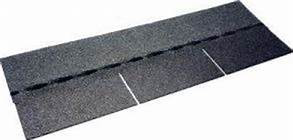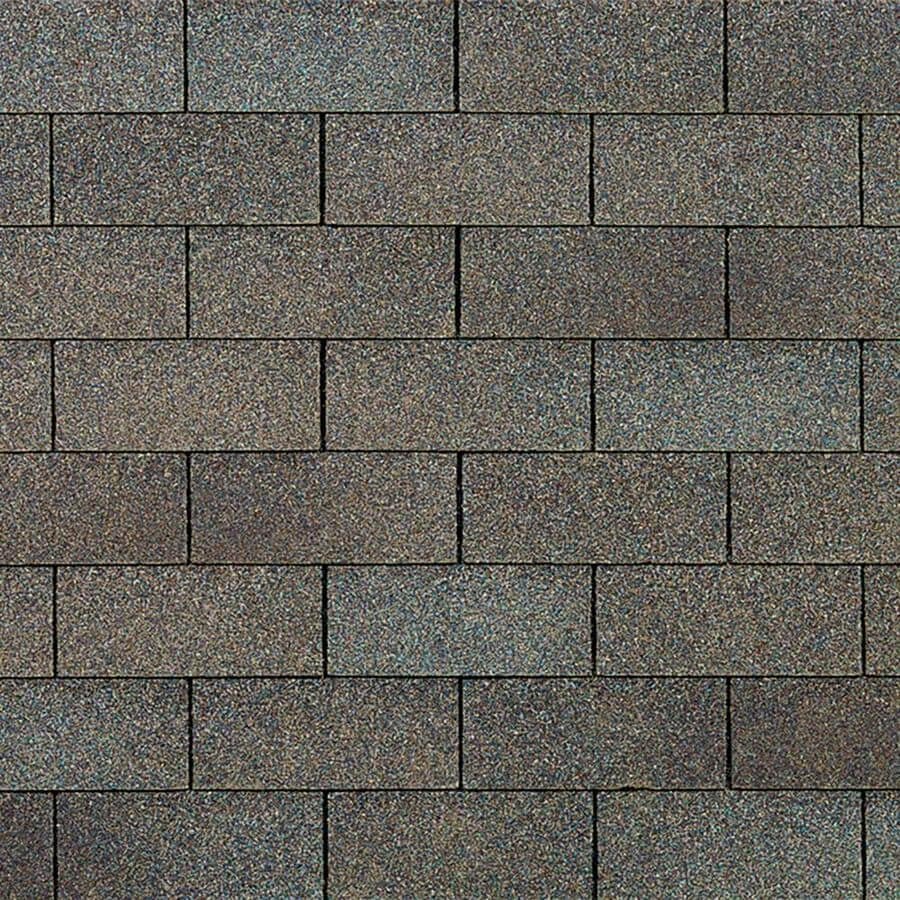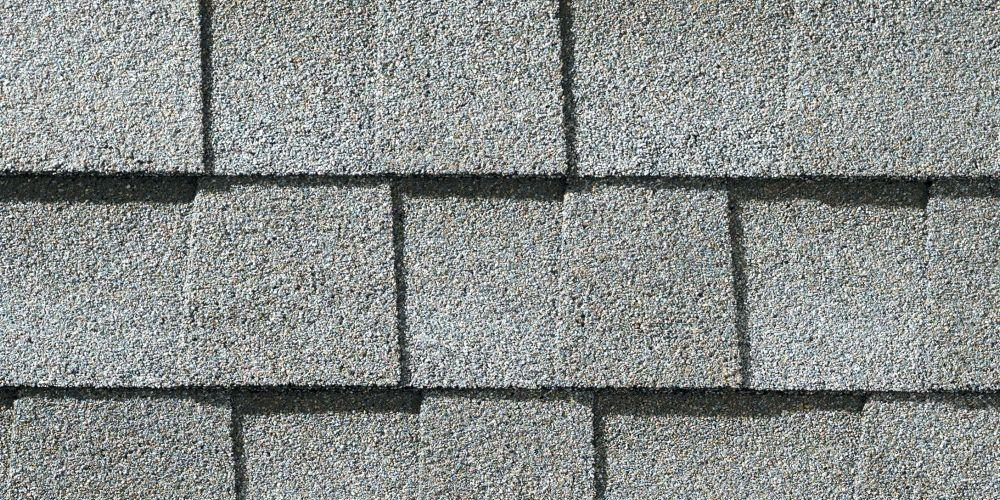PICKING THE PERFECT ROOF SHINGLE
Picking the type and color of your shingle for your new home may not be as exciting as picking out flooring or paint colors, but it’s an important decision in the new construction building process.
Shingles come in many different styles and qualities, such as:
Asphalt/fiberglass
Metal
Cedar wood shake
Concrete and clay tiles
Slate tiles
Rubber
While there are several shingle choices, most homeowners pick asphalt shingles. According to Popular Mechanics, more than 75 percent of U.S. homes incorporate asphalt shingles* — asphalt shingles are affordable as well as durable. So, if asphalt shingles are your roofing choice, your next decision is whether to choose three-tab shingles or architectural shingles.
Three-tab vs Architectural Shingles
There are two classes of asphalt shingles: three-tab shingles and architectural-style shingles. Three-tab shingles are essentially the standard, offering a basic, generic shingle style. Each shingle is a single layer thick, with two narrow slots cut into it along the lower edge of the shingle, creating three tabs. According to the National Roofing Contractors Association, each shingle looks like three separate pieces when installed, but it’s really one. Other than being the most popular, three-tab shingles are very cost effective and provide a uniform look.
Architectural shingles consist of two asphalt roofing strips, one on top of the other. This type of shingle has a solid bottom piece and a top strip notched with widely spaced, dovetail-shaped tabs. The two strips are laminated together to form a single, dimensional shingle. When installed, the laminated construction forms a heavily textured surface with deep shadow lines.
Architectural-style shingles are an upgrade over three-tab shingles, offering improved aesthetics and a longer lifespan. This type of shingle is available in several muted colors, such as tan tones that resemble weathered cedar shakes and gray-black shingles that appear to look like slate.
Architectural shingles provide the following benefits:
Excellent wind resistance
A dimensional look for an interesting appearance
Enhanced waterproofing capabilities
Long life expectancy
Langbeen Builders installs CertainTeed’s Landmark algae-resistant (AR) asphalt architectural shingles on its homes. Landmark shingles are built with the industry's toughest fiberglass mat base, and their strict dimensional tolerance assures consistency. Complex granule color blends and subtle shadow lines produce a distinctive color selection.
In addition to the typical benefits of architectural shingles, Landmark AR shingles incorporate StreakFighter technology with algae-resistant copper to repel algae before it takes hold and spreads. And, anyone who lives on the Southeast coast has probably seen or experienced dark or black discoloration known as staining or streaking on their siding or roofs caused by blue-green algae. The Landmark AR shingle is considered a “30-year shingle” and carries a 10-year algae resistance warranty.
Picking the Perfect Color for Your New Roof
Once you’ve selected the type and quality of shingles, the last selection is the color. Typically, there is at least eight to a dozen colors available in a chosen style. As a general rule, the roof should blend into the exterior design of the home and not distract from the home’s design. Dark roof colors blend away and become less noticeable than lighter roof colors, and dark shingles look better over time, hiding sun damage and any organic matter such as tree sap. If your new home has rich, warm, neutral hues of browns or tans, then choosing a dark brown shingle could be a solid choice. However, if your home is gray, then consider a charcoal, dark gray shingle, or black shingle. Langbeen Builders generally uses Landmark’s Moire Black shingle on its homes; however, clients can choose among Landmark’s seventeen different colors.
* Need a New Roof? These Are the 6 Most Popular Materials. There's so much more than just asphalt, Joseph Truini, March 1, 2020



